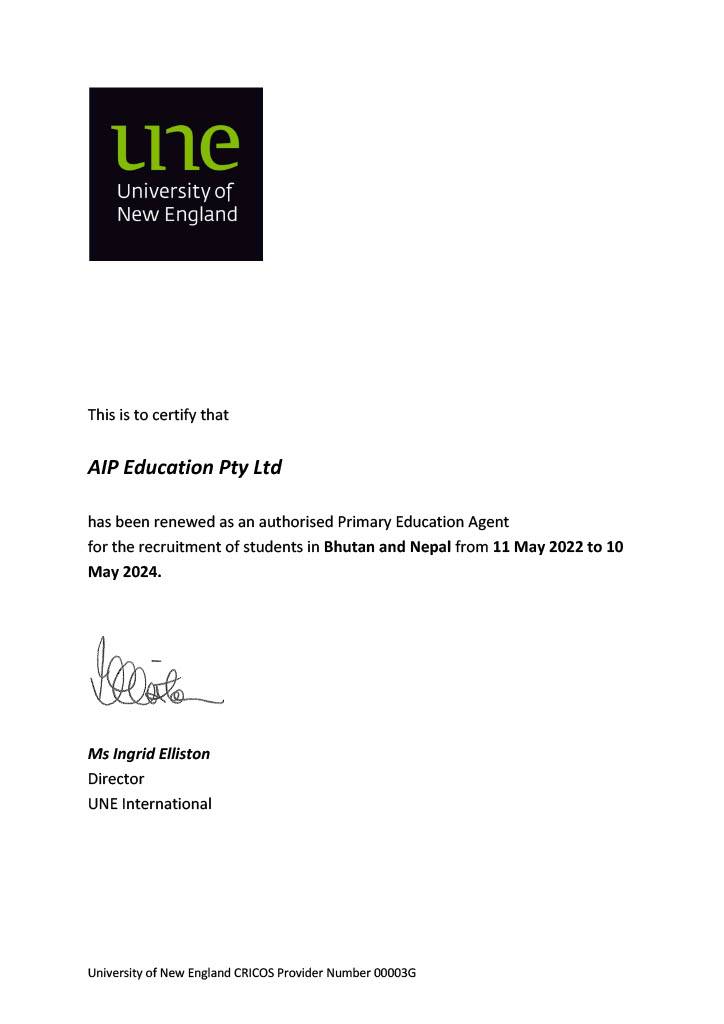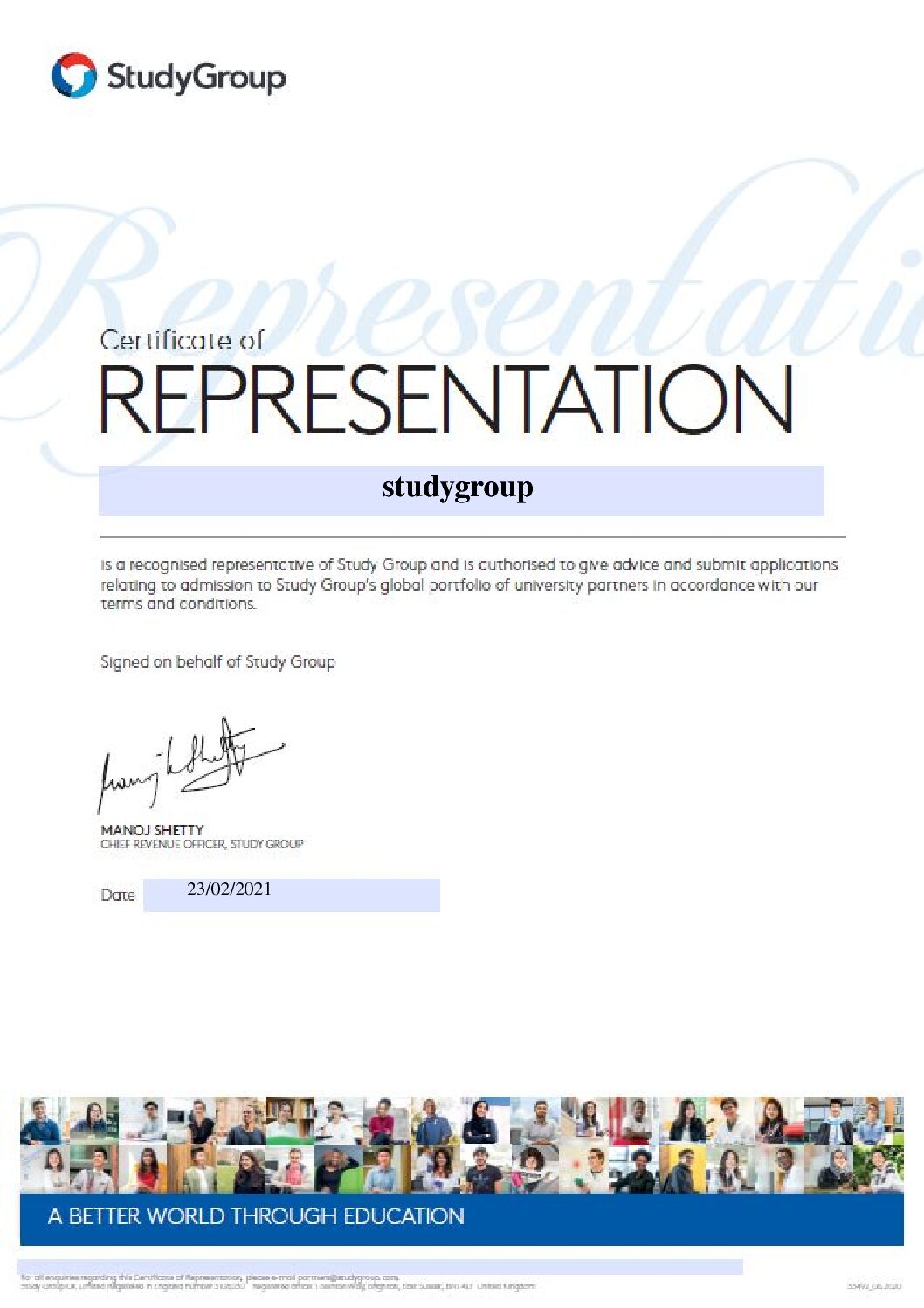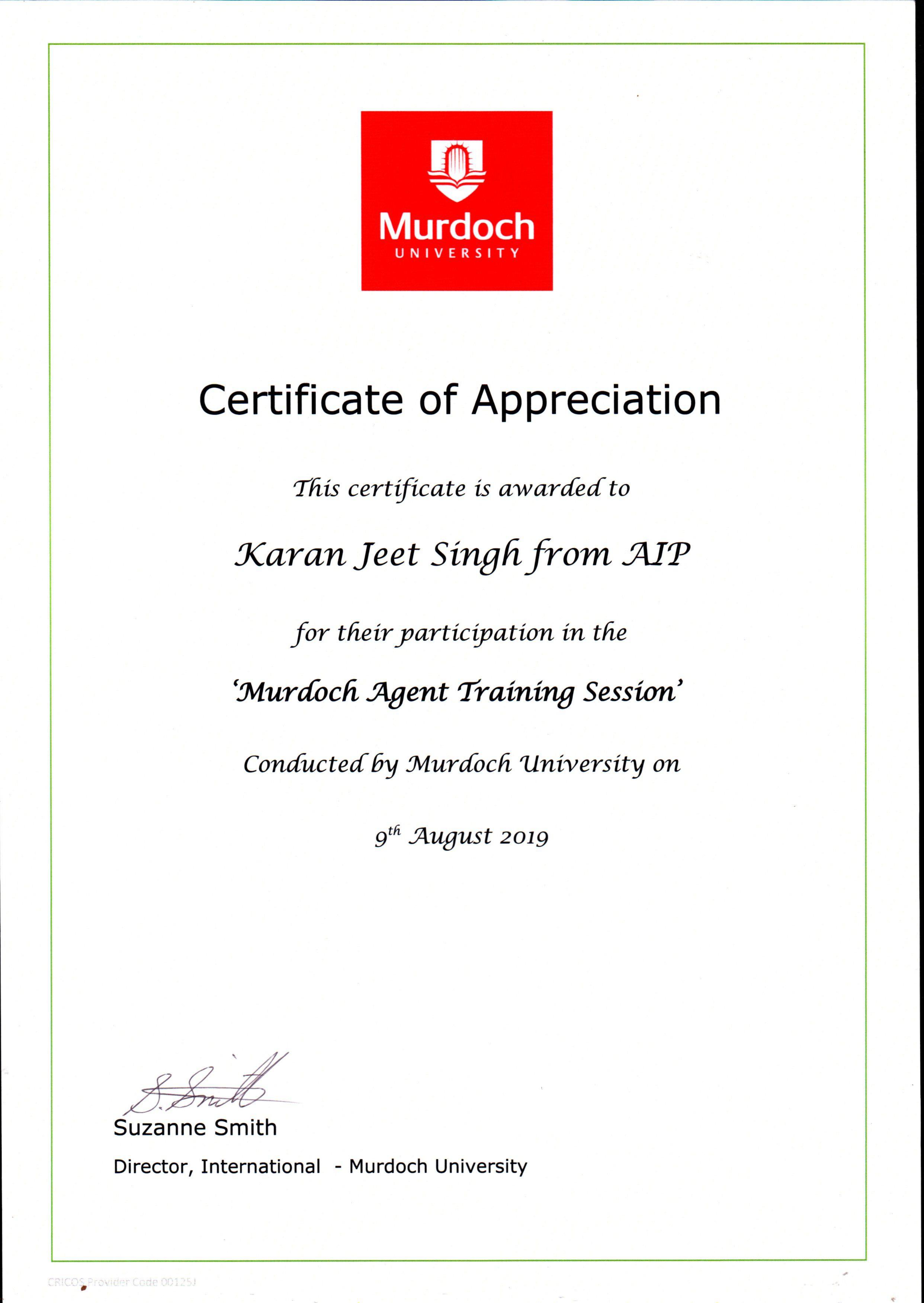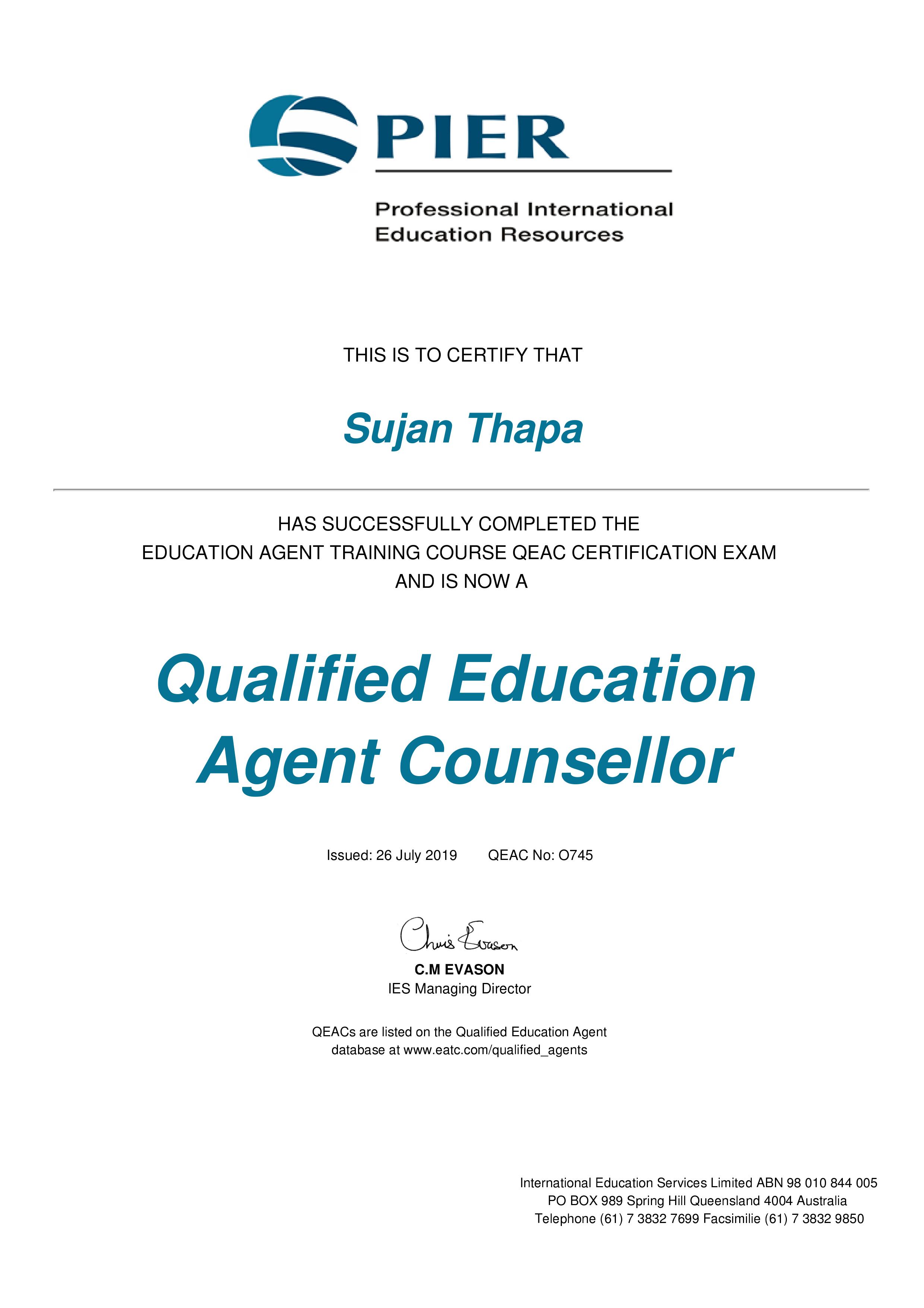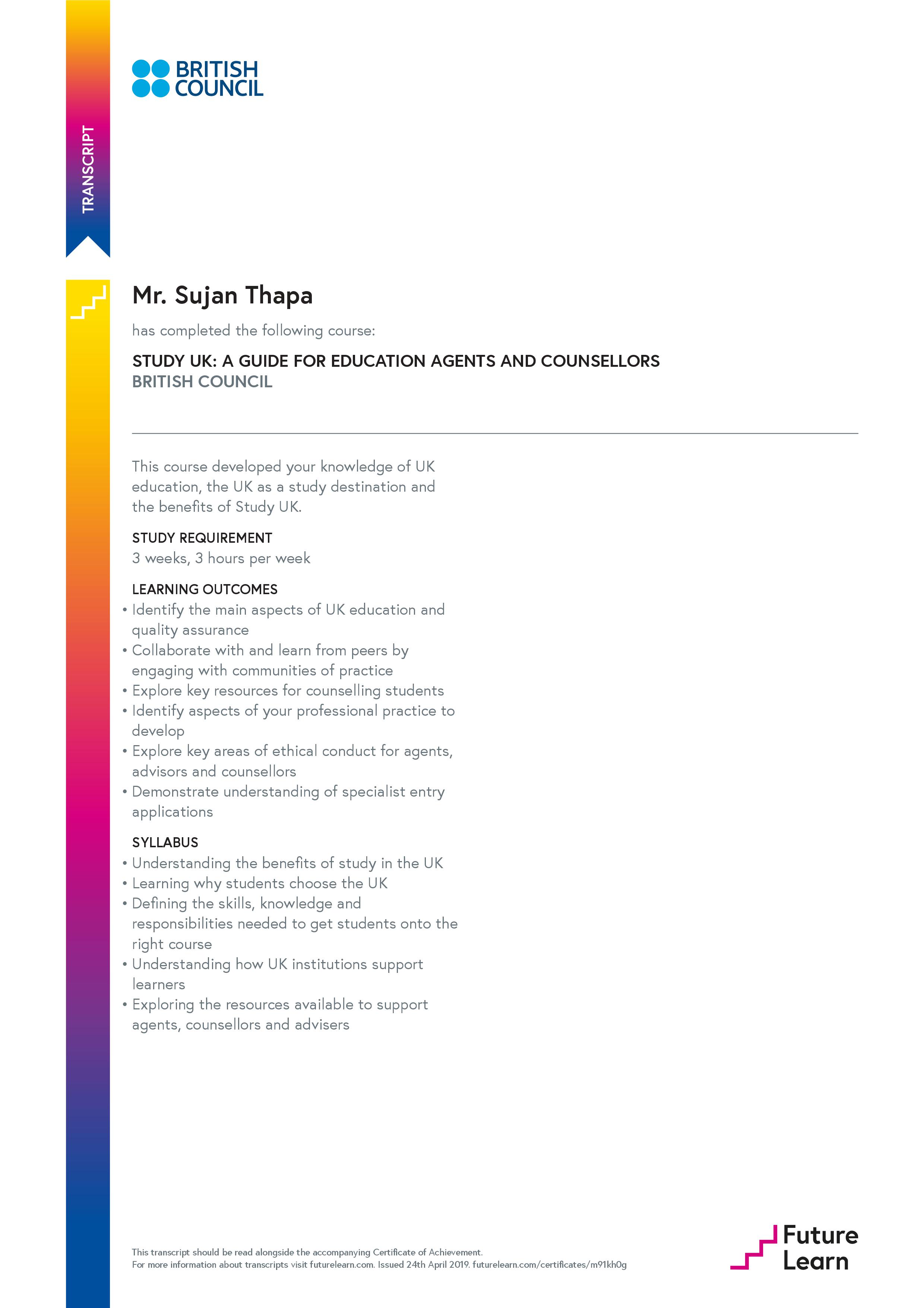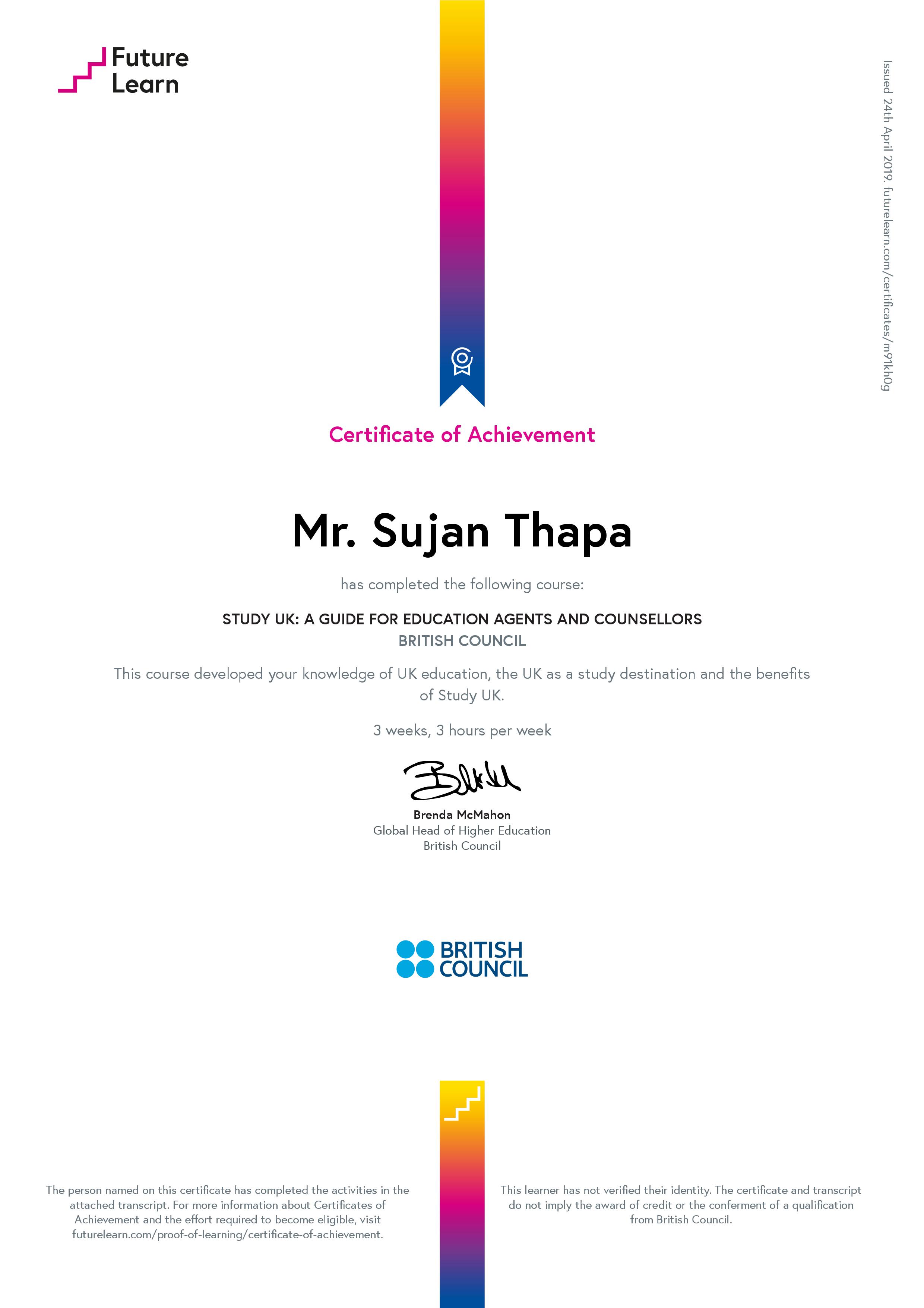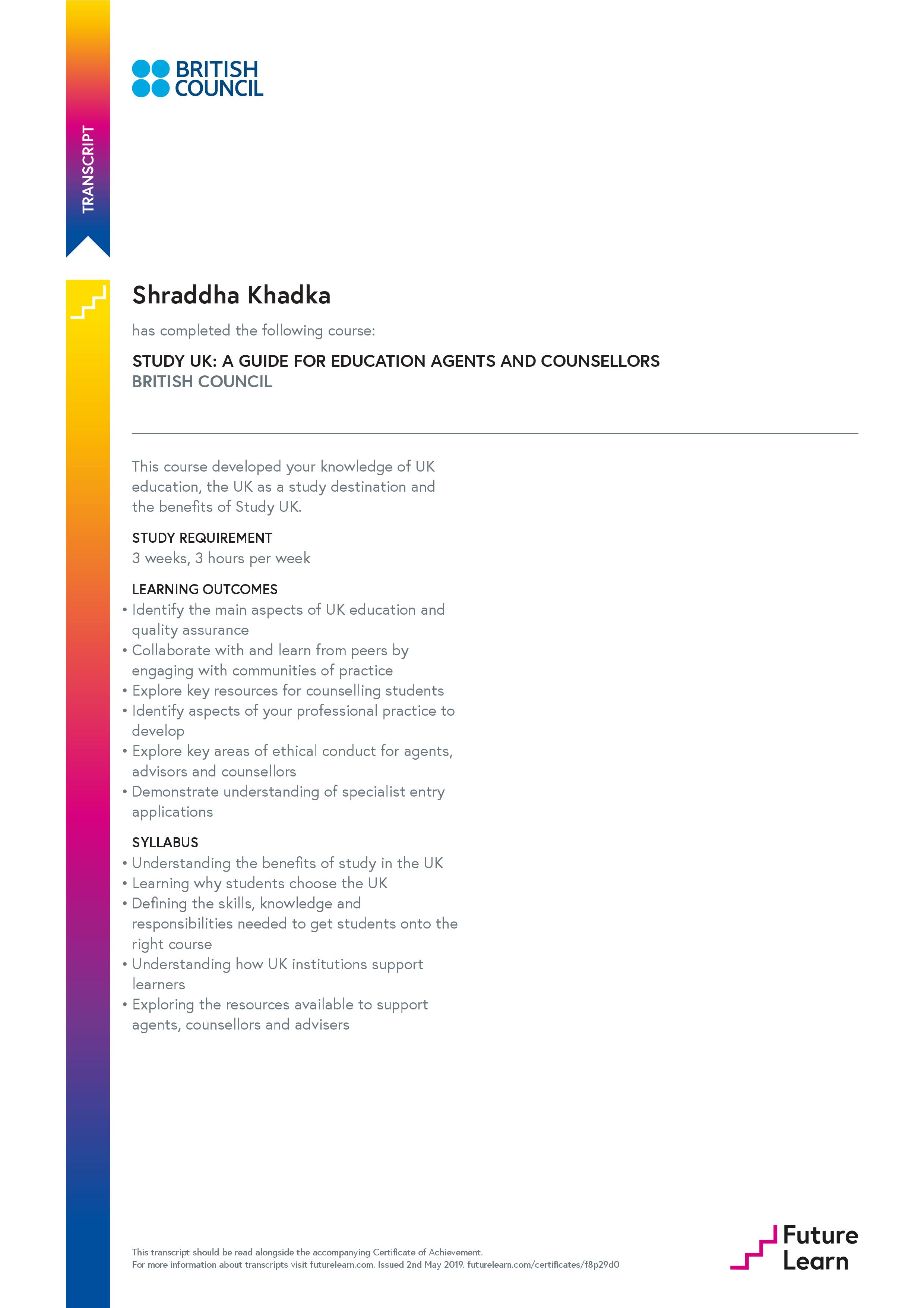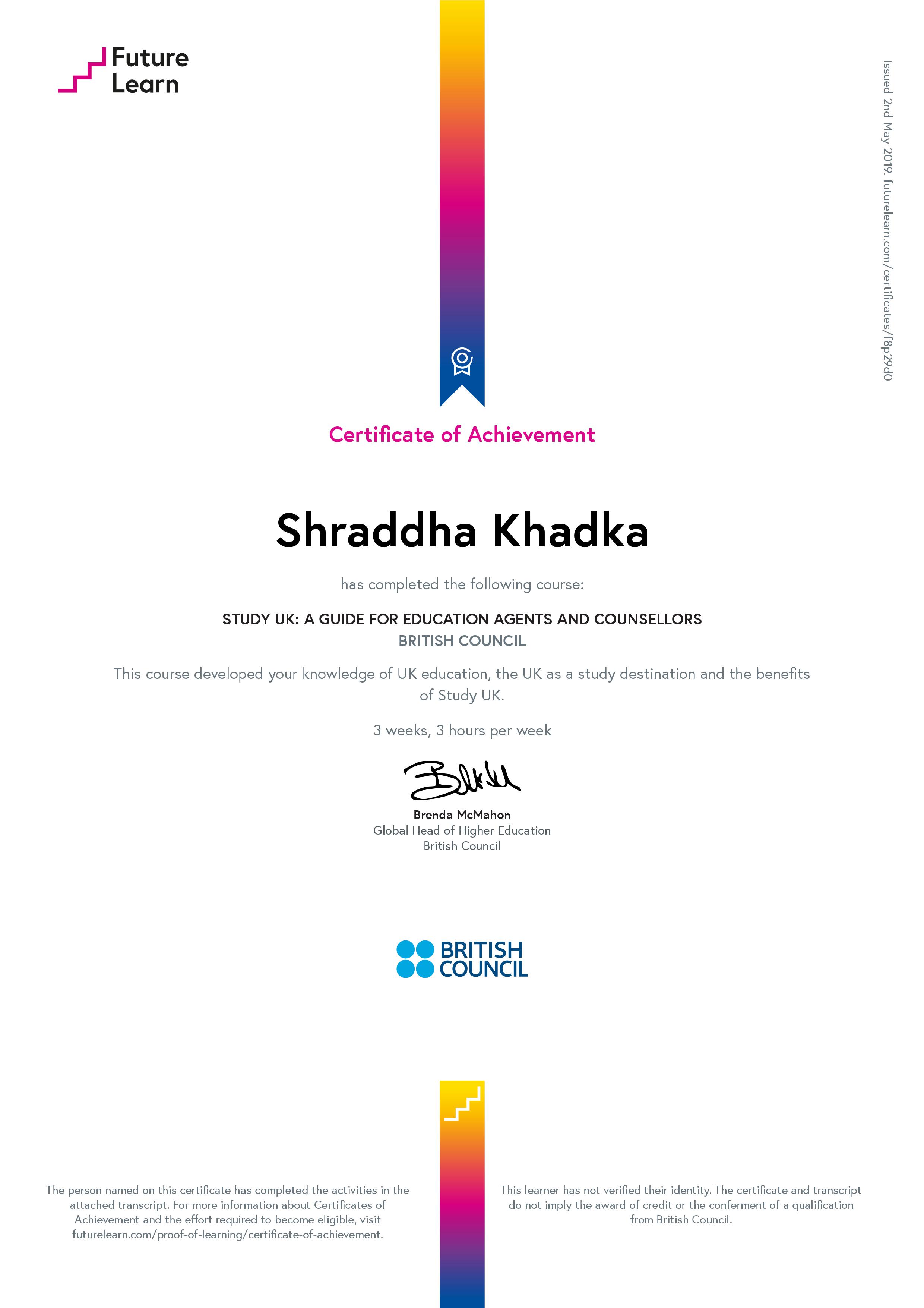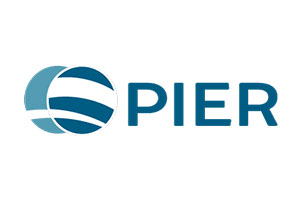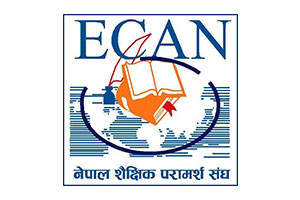

The GMAT helps the admissions officers of colleges and universities with a common measure to gauge the preparedness of students for graduate-level academic work. GMAT preparation in Nepal organizes different courses that could be valuable to many students.
Along with the previous academic scores, work experience and other relevant documents business schools also review the GMAT scores of the applicants.
If a student has a high score on the GMAT then it opens up more college choices for them. The GMAT exam fundamentally measures a student’s command of basic arithmetic, algebra, geometry, multi-source data analysis, and grammar.
It also measures a student’s ability to analyze and evaluate written material, think critically, and solve problems.
The content of the GMAT is broken down into four scored test sections, two of which are scored separately, and two of which are scored separately but are also combined to generate your composite score:-
- Analytical Writing Assessment
- Integrated Reasoning
- Quantitative and Verbal
Students taking the GMAT test can choose the order in which they take the sections which can be done at the test center.
There are three orders you will be able to choose from Analytical Writing Assessment (AWA), Integrated Reasoning (IR), Quantitative, Verbal; Quantitative, Integrated Reasoning, Analytical Writing Assessment; and Quantitative, Verbal, Integrated Reasoning, Analytical Writing Assessment.
LEARN FROM THE EXPERTS
The GMAT Exam Has Four Sections:
- Analytical Writing Assessment: Measures your ability to think critically and to communicate your ideas.
- Integrated Reasoning: Measures your ability to analyze data and evaluate information presented in multiple formats.
- Quantitative Reasoning: Measures your ability to analyze data and draw conclusions using reasoning skills
- Verbal Reasoning: Measures your ability to read and understand written material, evaluate arguments, and correct written material to conform to standard written English.
In total, the test takes just under 3 1/2 hours to complete, including two optional breaks.
Structure Of The GMAT Exam
The GMAT exam has four separately timed sections. You will have the opportunity to take two optional eight-minute breaks during the exam.
| Test Section | Time Limit / Number of Questions | Question Types | Score Range |
|---|---|---|---|
| Analytical Writing Assessment | 30 minutes, 1 question |
Analysis of an Argument | 0-6(in 0.5-point increments) |
| Integrated Reasoning | 30 minutes, 12 questions | Graphics Interpretation, Table Analysis, Multi-source Reasoning, Two-part Analysis | 1-8(in 1-point increments) |
| Quantitative Reasoning | 62 minutes, 31 questions | Data Sufficiency, Problem Solving | 6-51(in 1-point increments) |
| Verbal Reasoning | 65 minutes, 36 questions | Reading Comprehension, Critical Reasoning, Sentence Correction | 6-51(in 1-point increments) |
Control Your Test-Taking Experience
When you arrive at your test center, you have the flexibility to choose from three options for your exam’s section order:
1. Analytical Writing Assessment, Integrated Reasoning, Quantitative, Verbal
2. Verbal, Quantitative, Integrated Reasoning, Analytical Writing Assessment
3. Quantitative, Verbal, Integrated Reasoning, Analytical Writing Assessment
This choice simply gives you more control and flexibility to take the GMAT exam based on your strengths and testing preferences.
Read more about selecting your exam’s section order.
Also Read:- IELTS preparation With AIP Education
The GMAT Exam Is Computer Adaptive. What Does That Mean?
The Quantitative and Verbal Reasoning sections of the GMAT are computer-adaptive, meaning the difficulty of the test tailors itself in real-time to your ability level.
This feature allows the exam to assess your potential with higher precision and deliver scores that business schools trust.
Here’s How It Works:
The first question you receive in either the Verbal or Quantitative sections will be of medium difficulty. As you answer each question, the computer scores your answer and uses it as well as your responses to any preceding question to select the next question.
If you answer the first question correctly, the computer will usually give you a harder question. If you answer the first question incorrectly, your next question will be easier.
This process continues until you complete the section, using responses to all previously answered questions, at which point the computer will have an accurate assessment of your ability in that subject.
You will not be able to skip, return to, or change your answers to questions. This is because the computer uses your response to each question to select the next one.
Our Experts will help you with :
Pre-Departure Guidelines
Our job doesn't end with your successful visa grant rather it begins from there. We give proper pre-departure guidelines to students using tools like FAQ's , Student guidelines and prepare them for any foreseeable problems after the visa has been approved.
Interview
We assist students to face and prepare for University interviews which can be a key part of admission application across various Universities and destinations. We do conduct mock interviews and give ready guidelines to our students.
Documentation Guidelines
AIP offers students a detailed and step-by-step guidance regarding the documents that a student requires for a particular destination along with guiding students on how to obtain these relevant documents to smoothen their application process.
University Application Assistance
We help your select the perfect Institution for you and also assist you at each stage of your admission application process. Students are notified via email and sms service about their application updates.
Student Counseling
Our team of expert and experienced counselors offer counseling services to students so that we can understand your and your preferred career choice and suggest you the best fit.
Accolades
